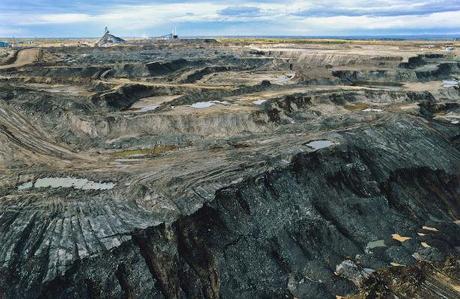For the first time in 14 years, the nation’s crude oil consumption in 2013 was higher than China’s, new figures show.
by Elizabeth Douglass / InsideClimate NewsIn 2013, the nation’s demand for gasoline rose for the first time since 2007, and the trend is continuing in 2014, dampening hopes that the world’s largest oil guzzler is reining in its appetite for crude. Credit: Charles Minshew/KOMU
U.S. oil demand reversed course in dramatic fashion in 2013, as the nation’s growth in crude consumption outpaced perennial leader China for the first time since 1999, according to oil company BP’s annual compendium of world energy statistics.
The U.S. increase follows two years of declines, and dampens hopes that the world’s largest oil guzzler was permanently reining in its appetite for crude. The nation’s oil use rose by 400,000 barrels per day to a daily draw of 18.9 million barrels; China’s oil consumption grew by 390,000 barrels a day, to 10.8 million barrels a day, according to the BP figures released last month.
“Are these data points a harbinger of things to come or just an aberration?” asked Christof Rühl, group chief economist at BP. “Too early to tell is the appropriate response.”
Rühl said the rise in U.S. oil demand stemmed from industrial users of petrochemicals and other oil byproducts, a trend triggered more by a flood of cheap domestic oil supplies than by overall economic growth.
Motorists also played a role in the rise, however. In 2013, the nation’s demand for gasoline rose for the first time since 2007, ticking up to 8.8 million barrels per day—despite government efforts to cut gasoline use by mixing more ethanol into every gallon of the fuel, data from the Energy Information Administration show.
While the 2013 figures are well below the nation’s peak oil and gasoline demand levels, the return to higher consumption is discouraging for those looking for lower U.S. oil use and a reduction in carbon emissions.
Burning petroleum is a top contributor to climate change in the United States and globally, and without a long-term effort to rein in emissions from the oil sector, it could be impossible to keep warming under the 2-degrees Celsius danger threshold, scientists and policy experts have long warned.
The same upward trend can be seen in 2014. Oil and petroleum products use through April is 1 percent higher than last year, according to EIA. In addition, California—which by itself accounts for 11 percent of the nation’s gasoline use—has had nine straight months of higher year-over-year gasoline consumption, according to data from the state board of equalization data.


